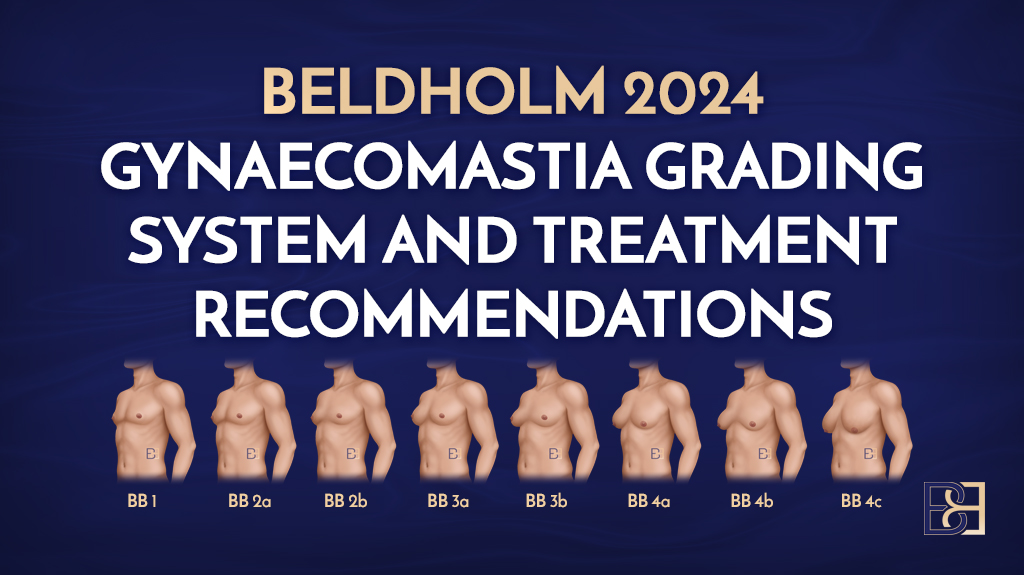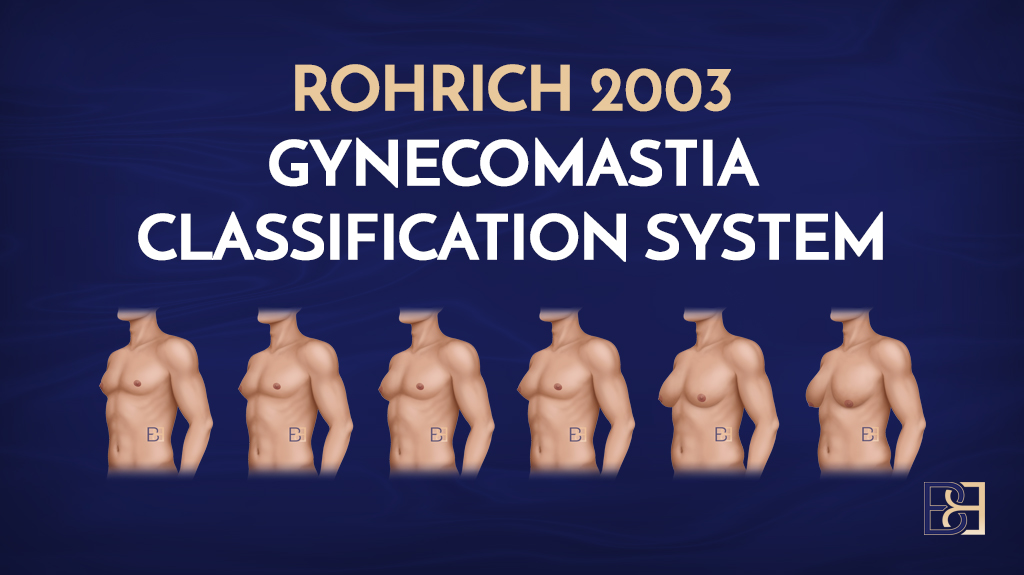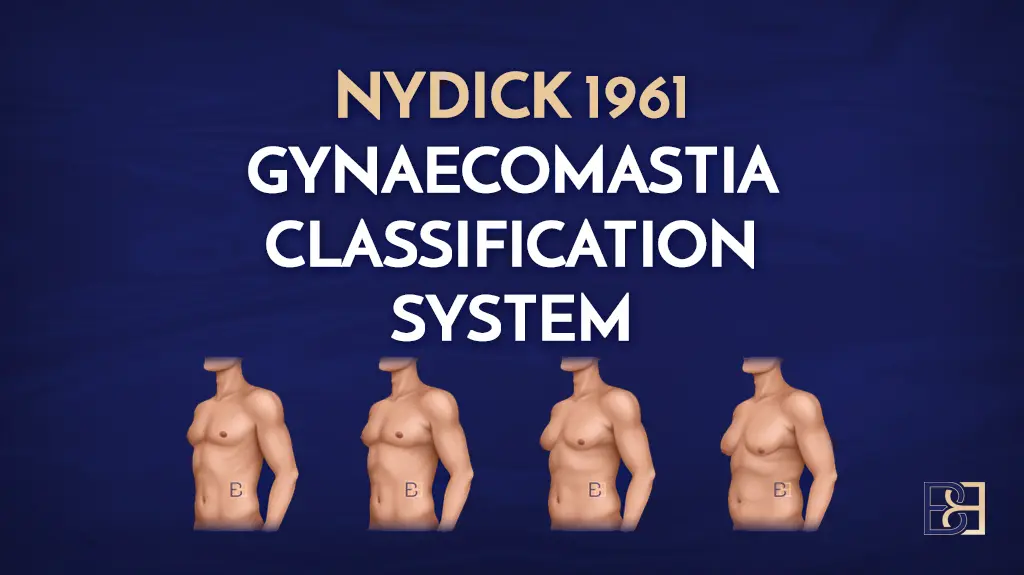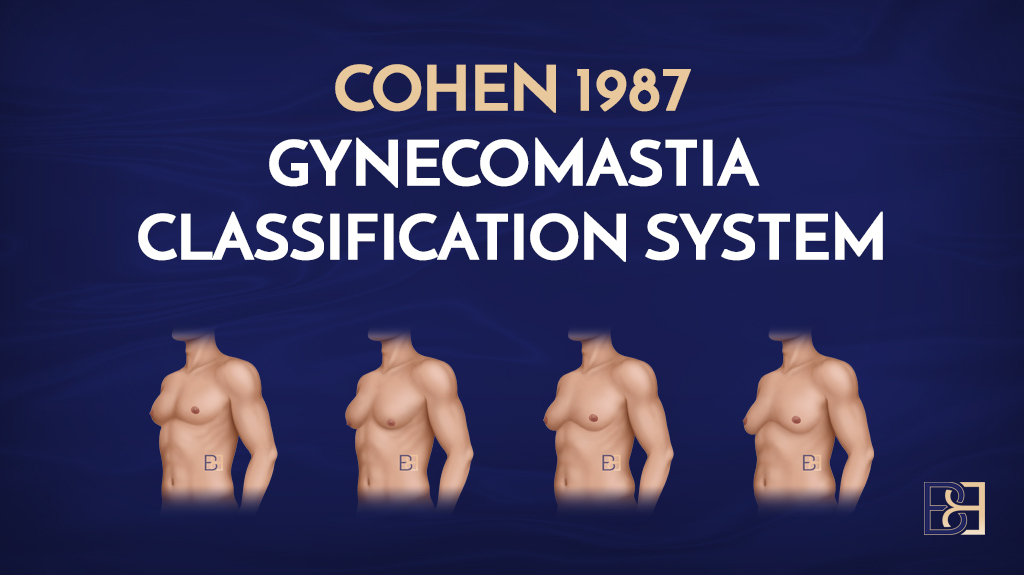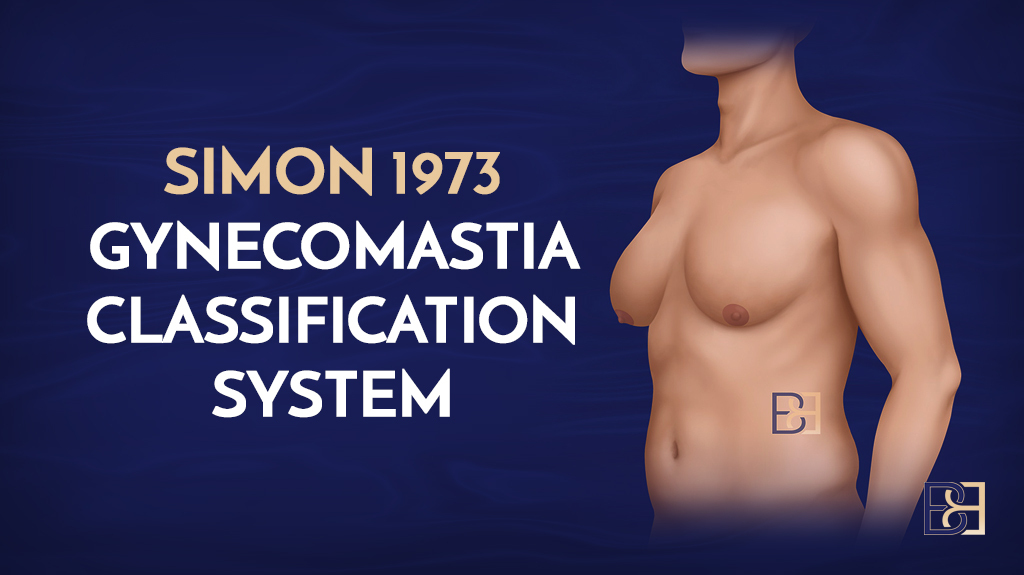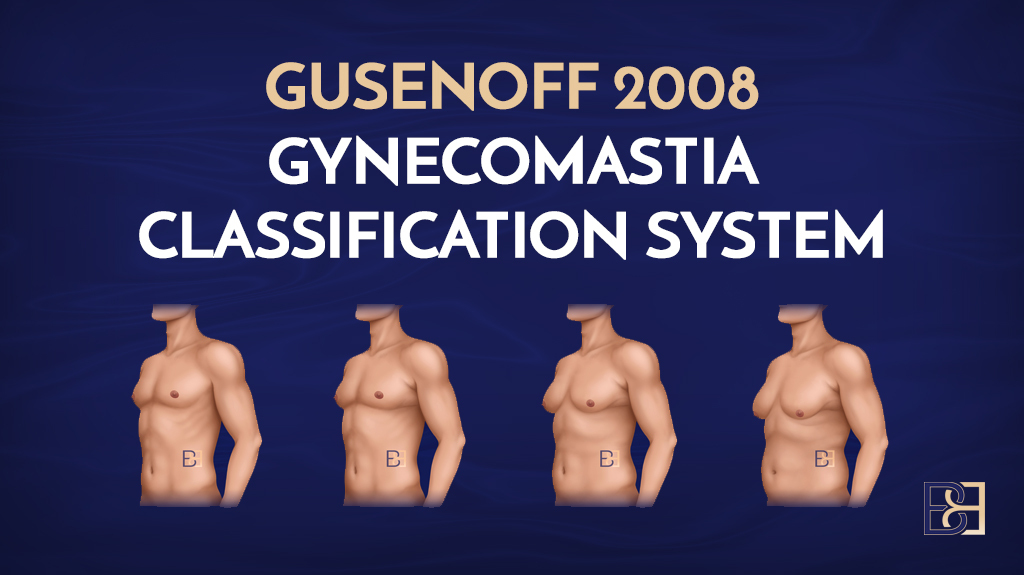Historically Significant: Mastectomy for Gynaecomastia Through Semicircular Intra-Areolar Incision, Webster (1946)
Written in 1946 by Dr. Jerome P. Webster, Mastectomy for Gynaecomastia Through a Semicircular Intra-Areolar Incision describes a forward-thinking surgical technique for treating gynaecomastia using a minimally invasive approach. First introduced in 1934, the Webster procedure holds particular historical significance as one of the first surgical approaches specifically designed to


